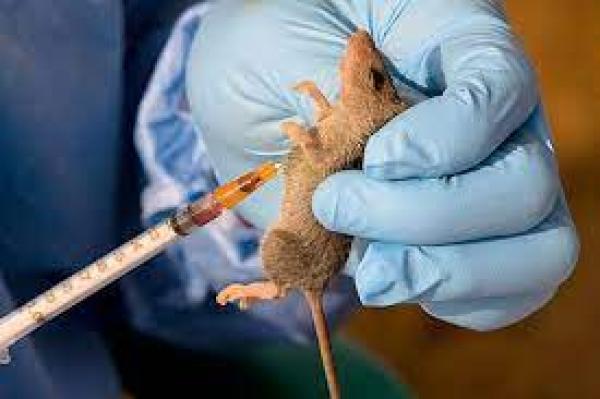
Nigeria Center for Disease and Control (NCDC)
The Nigeria Center for Disease and Control (NCDC) has revealed that no fewer than 112 persons died of Lassa fever in Nigeria since the January 2022 out of 3,079 cases recorded nationwide.
However, NCDC disclsoed that out of the figure, 45 health workers were infected by Lassa fever between January and March. Till date, 87 local government areas across 23 out of the 36 states have reported the disease so far.
According to medical experts, Lassa fever is transmitted when the saliva, urine, and excreta of multi-mammalian rats come into contact with humans. Human-to-human transmission is rare but can occur through contact with the body fluids of an infected person.
In some cases, Lassa fever has similar symptoms to malaria, appearing between one and three weeks after exposure to the virus. In mild cases, the disease causes fever, fatigue, weakness, and headache.
Speaking on secondary transmission from person to person, it can also occur following exposure to the virus in the blood, tissue, urine, feces, or other bodily secretions of an infected patient.
The NCDC further noted that the predominant age group so far affected by the disease in Nigeria ranged between 21 and 30 years, the disease control agency stated.
The Agency explained that the animal vector for the Lassa virus, the multimammate rat, is found throughout the west African region, thereby calling on neighboring countries to stay alert on the spread of the Lassa fever.
Meanwhile, NCDC distributes medical response supplies to states and treatment centers, as part of measures to control the spread of the disease.
Further findings by NCDC showed that in week 10, the number of new confirmed cases decreased from 57 in week 9, 2022 to 33 cases from Edo, Ondo, Ebonyi, Kogi, Gombe, Nasarawa, Taraba, Bauchi and Kebbi States (Table 3).
“Cumulatively from week 1 to week 10, 2022, 112 deaths have been reported with a case fatality rate (CFR) of 17.8 per cent which is lower than the Case fatality rate, CFR, for the same period in 2021 (22.0 percent) In total for 2022, 23 States have recorded at least one confirmed case across 87 Local Government Areas (Figure 2 and 3).
“Of all confirmed cases, 70% are from Ondo (30%), Edo (24 percent) and Bauchi (16%) States.
The number of suspected cases has increased compared to that reported for the same period in 2021. It also revealed that no new healthcare workers affected in the reporting week 10.






















